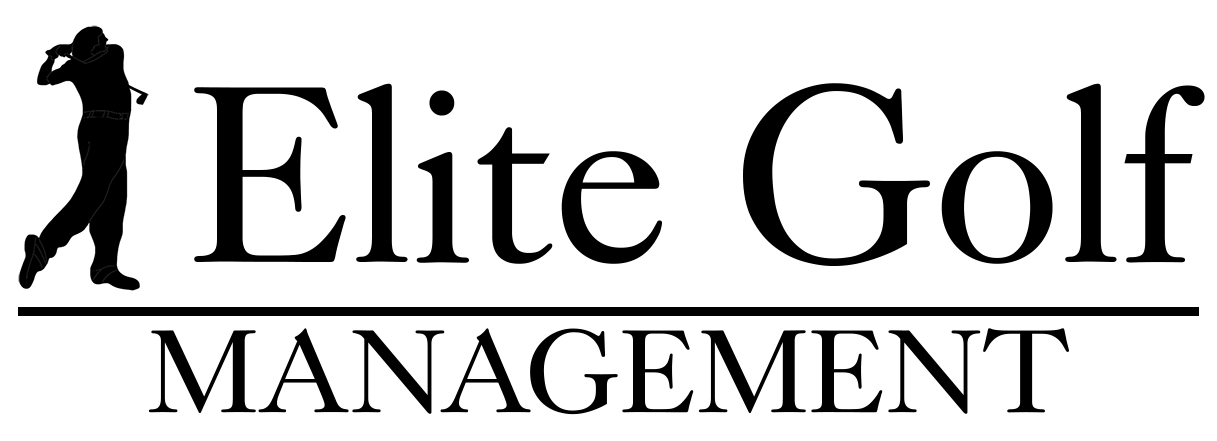The Peoria System is a sort of 1-day handicapping system for tournaments in which most of the golfers do not have real handicap indexes (company outings, for example). The Peoria System, while like the similar Callaway System, based in certain part on luck – allows a “handicap allowance” to be determined and then applied to each golfer’s score.
The tournament committee secretly selects six holes. These are usually two par 3s, two par 4s and two par 5s, and often one of each type per nine (one par 3 on the front, the other on the back nine). Competitors do not know which holes have been selected.
Groups tee off and complete their rounds, playing stroke play and scoring in the normal fashion with one exception: double par is the maximum (i.e., 8 is the maximum score on a par-4). Following completion of play, the six Peoria holes are announced.
Each player totals his six secret holes. That total is multiplied by 3; par is subtracted from that total; then the resulting number is multiplied by 80 percent. This is the player’s allowance. The allowance is subtracted from the player’s gross score and the result is the net Peoria System score.
Example: On the six secret holes, Player A uses 30 total strokes. 30 strokes x 3 = 90 and 90 minus 72 (par for 18 holes) is 18. Eighty percent of 18 is 14 (round off) which means 14 is the allowance. Player A’s gross score is 90 so 90 minus 14 results in a Peoria System net score of 76.
*Great for weeding out sandbaggers since it boils down to luck of the draw.

